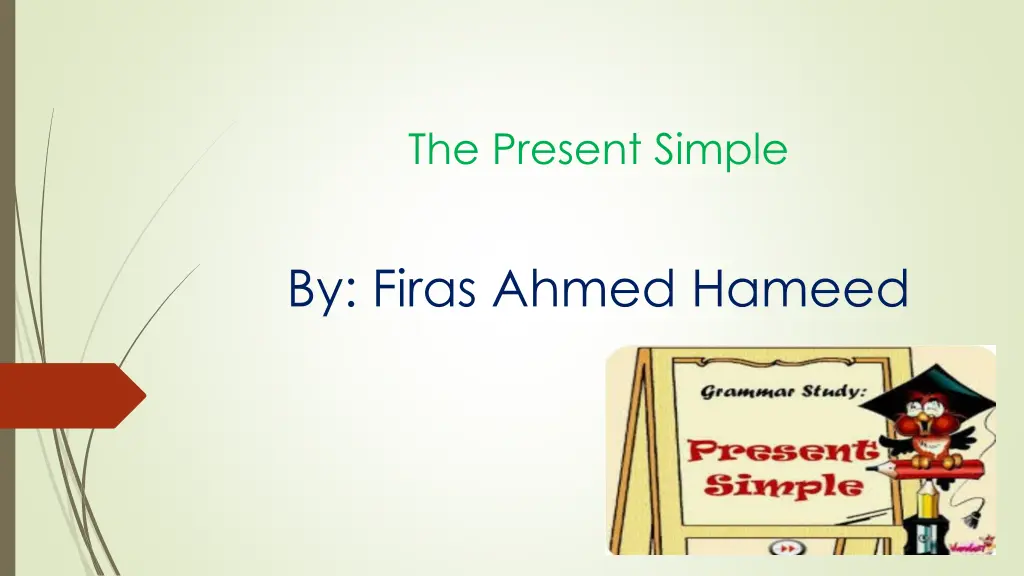
Understanding The Present Simple Tense in English
Explore the rules and usage of the present simple tense through examples and exercises. Learn how to form affirmative, negative, and question sentences correctly. Enhance your understanding of adverbs of frequency and proper subject-verb agreement in English grammar.
Uploaded on | 0 Views
Download Presentation

Please find below an Image/Link to download the presentation.
The content on the website is provided AS IS for your information and personal use only. It may not be sold, licensed, or shared on other websites without obtaining consent from the author. If you encounter any issues during the download, it is possible that the publisher has removed the file from their server.
You are allowed to download the files provided on this website for personal or commercial use, subject to the condition that they are used lawfully. All files are the property of their respective owners.
The content on the website is provided AS IS for your information and personal use only. It may not be sold, licensed, or shared on other websites without obtaining consent from the author.
E N D
Presentation Transcript
The Present Simple By: Firas Ahmed Hameed
Objectives 1. In our lecture we should recognize the cases of using the present simple in sentences 2. To practice using present simple
The Present Simple We can use the present simple to talk about things in general or to say that something happens all the time or repeatedly, and to say that something is true in general.
The Rule of Present Simple Subject + Verb(s , es) + Complement
The Present Simple We add (-s) or (-es) to the verb when the subject is singular in the third person: that is, it can be replaced by (he), (she) or (it). He She + { verb + s, es} + Complement It __________________ They You + { verb infinitive} + Complement We I
The Present Simple 1-The earth goes round the sun. Sub Verb C. 2-We live near here. Sub Verb C. 3-He lives near here. Sub Verb C.
The rule of Negative We use (do/ does) to make negative sentences and questions: Sub + don t / doesn t + verb infinitive. 1- We don t live near here. (negative) 2- He doesn t live near here. . (negative) 3- Ali doesn t work at Friday. . (negative)
The rule of question Do/ Does + Sub + V(infinitive) ? Ex// 1- Do you work? 2-Does she work? 3- He works at Fridays. (question). = Does he work at Fridays? *Adverbs of frequency (neve, sometimes, often, usually, always) can come before the main verbs. While the adverb (everyday) occur at the End of sentences. Ex\\ 1- He usually works late. 2- I always have tea for breakfast.
Exercise 1- I wake up at 8 o'clock everyday. 2- I usually .. away at weekends. (go, goes) 3- Ali doesn t .. tea very often. (drink, drinks). 4- She . T.V everyday. (watch, watches)
Work home 1- I .to school everyday. (go, goes) 2- Ali and Sami .. Football everyday after school . (play, plays ) 3- Sally good food. ( makes , make) 4- Ali .. At Fridays. (work, works)






















